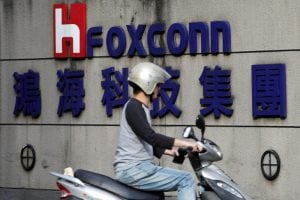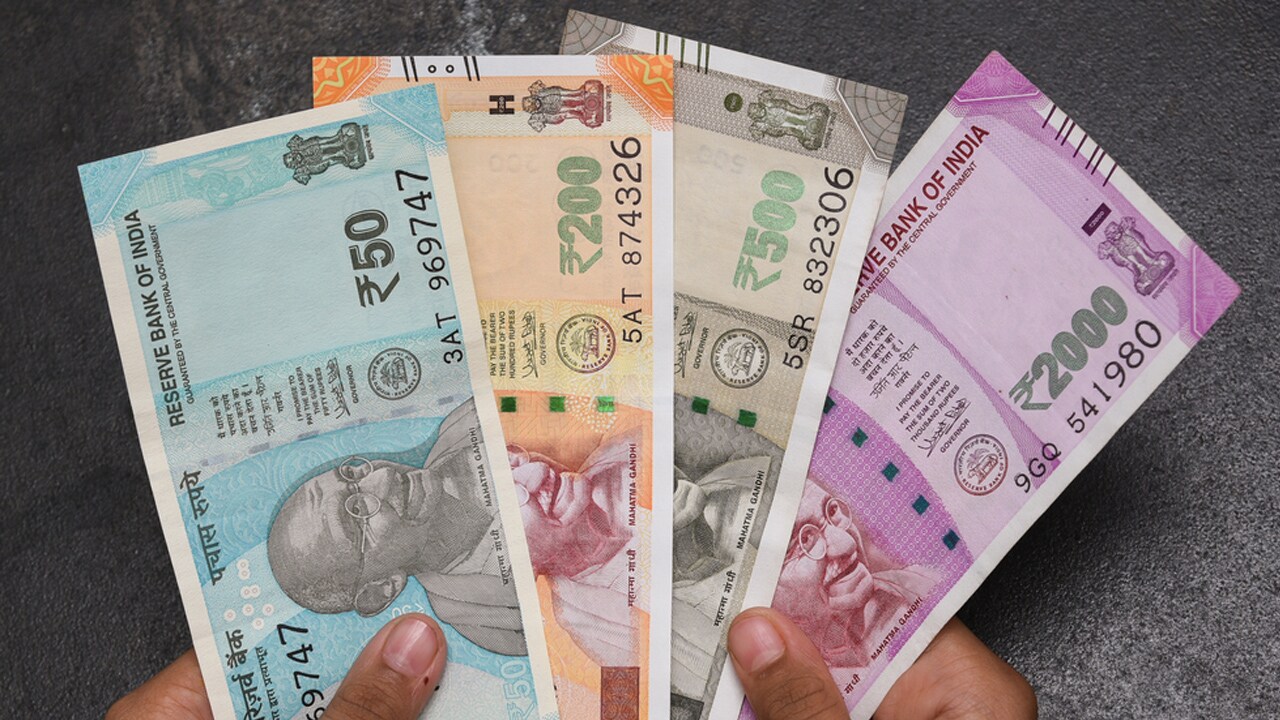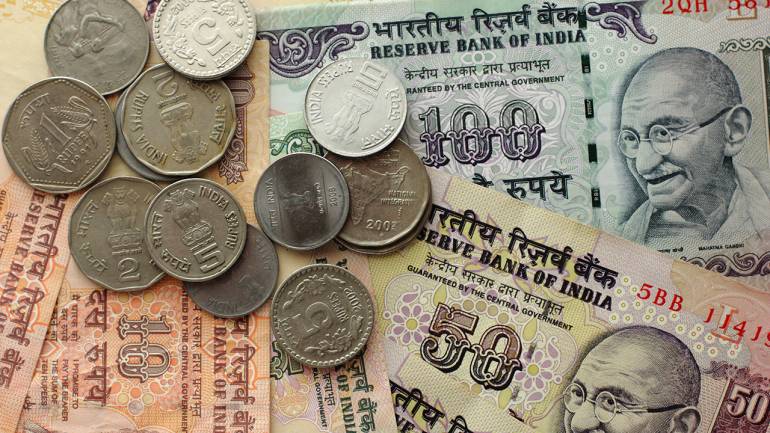Lloyd has been dependent on outsourced production, but now over the next few years, the company will be focusing more and more for in-house production, said Anil Rai Gupta, CMD, Havells India.
Havells India reported all around beat in their fourth quarter earnings led by the cables and consumer durables business.
“In consumer durable business we witnessed good growth in this quarter of about 19% on an adjusted basis on higher growth. So most of the businesses including lighting, cables and wires have shown decent growth in this particular quarter,” Gupta told CNBC-TV 18.
The switchgear business performed well in second half post goods and services tax (GST) woes in first half of the year, he said.
On balance sheet front, he said, “during the year a sizeable part of the cash got utilised in the acquisition of Lloyd. Even after that there is a healthy cash on the balance sheet also in the coming year most of the cash will be used for capex.”
Edited Excerpts:
Surabhi: Can you break down the fourth quarter numbers for us. It did look like that almost all segments were firing this time around.
Most of the businesses have done well. The switchgear business has also grown, especially after the first half where there was a disruption because of the Goods and Services Tax (GST) transition. However, now the second half has augured well. The fourth quarter has done well, we have started exporting switchgear as well, as a part of our supply contract with Hyundai.
Even in the consumer durable business we witnessed a good growth in this quarter of about 19% on an adjusted basis on a higher growth. So most of the businesses including lighting, cables, and wires have shown decent growth in this particular quarter.
Latha: You particularly mentioned that switchgear business after the slowdown has done well. Can you say it has troughed out, has demand picked up from the real estate industry now?
I still feel that the real estate improvement which we want to see in the country has not yet come. We would like to see a further improvement in the real estate sector because we are mostly into domestic circuit protection. I think structural changes have been made; it might take some time for the real benefits to start coming in. So, I think we are still very hopeful about all businesses, we are hopeful about the switchgear business also. Let us see how it goes in the coming quarters.
Anuj: The operating margins at 14.1%, market expected 12.7%. Is this number sustainable?
We have seen this performance improving over the last three or four quarters and the whole idea is that how we utilise the strength of our brand channel and focus a lot on cost controls. So we are quite hopeful that these kind of margins are at least in the range, should be achievable in the future as well.
Anuj: What would that range be, say closer to 15%, is it possible?
I think if we take out Lloyd, overall Havells has been in this range. It has been improving a little bit, but except a few disruptor quarters, most of the quarters have shown similar margins and we hope that we can continue with the same.
Surabhi: Let us come to the balance sheet, how much cash are you sitting on at the end of the fiscal and how do you plan to use it, any payout plans to shareholders?
During the year a sizeable part of the cash got utilised in the acquisition of Lloyd. Of course, even after that there is a healthy cash on the balance sheet. In the coming year, most of the cash will be used for capex. This year we have close to about Rs 500 crore of capex because of a new manufacturing facility coming up. Generally speaking, our capex is in the range of Rs 150 crore to Rs 200 crores in a year.
Latha: What is this new facility, can you give us a little more colour on what is this capex?
This is a completely new facility for manufacturing of air conditioners. In the past, Lloyd has been dependent on outsourced production, but now over the next few years, we will be focusing more and more for in-house production.
Latha: When will it come on board, with in-house production should we assume that margins will improve?
We expect this facility to start production next year. Of course, when we have our own manufacturing, we will have a better control on costs as well as availability. I think apart from just margins, we also need to focus upon the requirement of the working capital because when you have your own manufacturing, you have better control on the working capital and inventories possibility and a better product offering to the consumer as well.
Anuj: How big are your exports right now and what is the target and what kind of geographies are you targeting?
Overall are exports right now is only about 5-6% of sales. In the next two to three years we want to take it up to at least 10%. We are associated with most of the countries in West Asia, Africa, the SAARC and the Southeast Asian countries.
Surabhi: Just a word on your consumer durables business. There has been a lot of unseasonal rain, thunderstorm, etc… Could that impact your performance in Q1?
I think overall the fan season is doing well. We still need to look at because air-conditioners is pretty much dependent upon the onset of summer. I think we are still in the midst of summer, let us discuss this after the quarter closes.
Latha: All I am looking for is a range, do you think the 15 to 20% growth rate in consumer durables can continue?
We are quite hopeful of a good growth in this year.
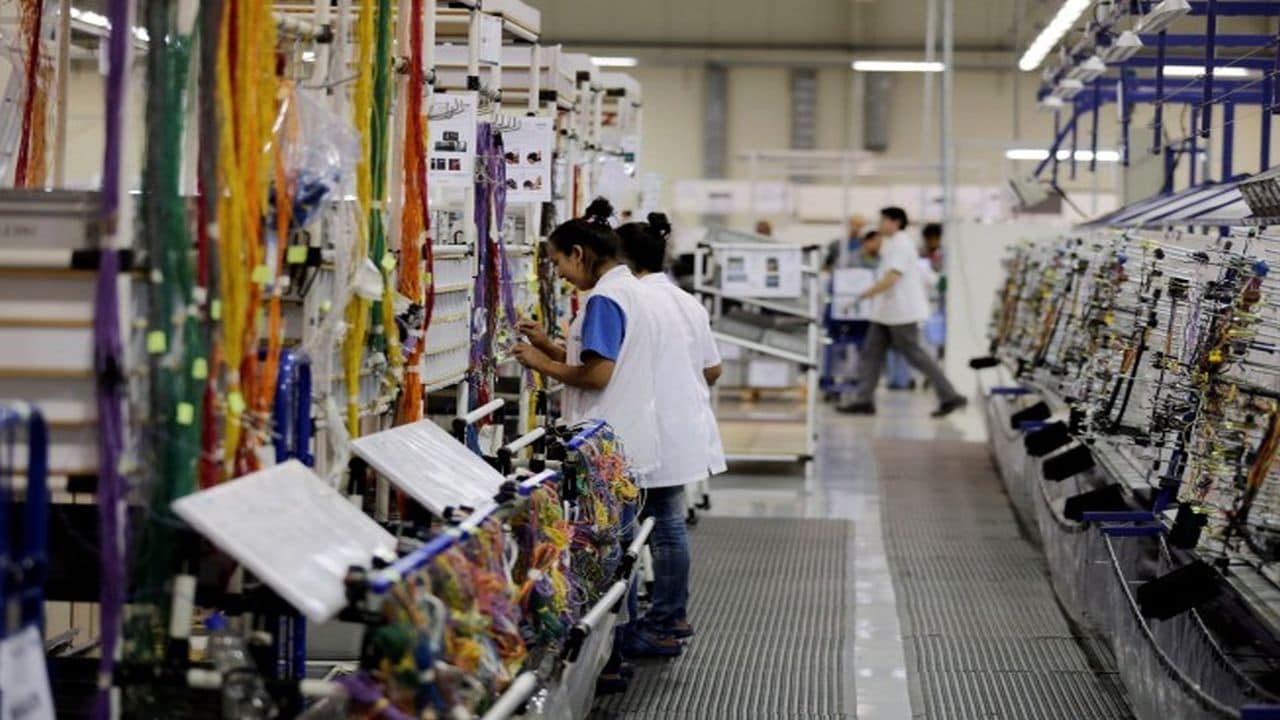

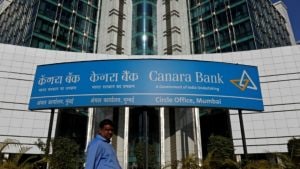






 Listen to the Article
Listen to the Article 
 Daily Newsletter
Daily Newsletter






